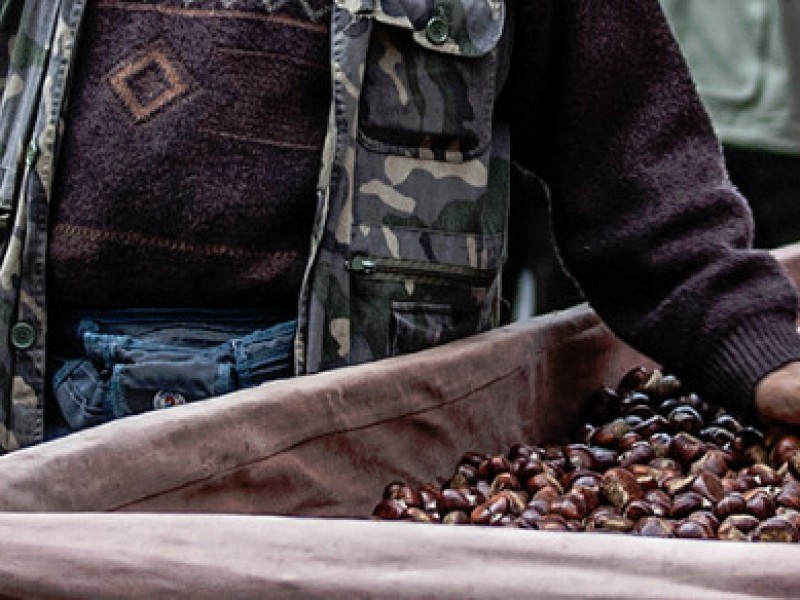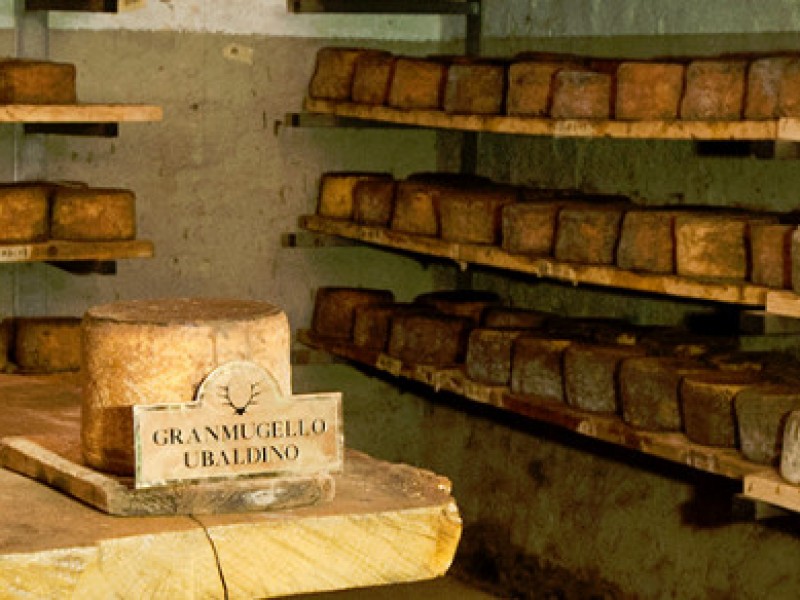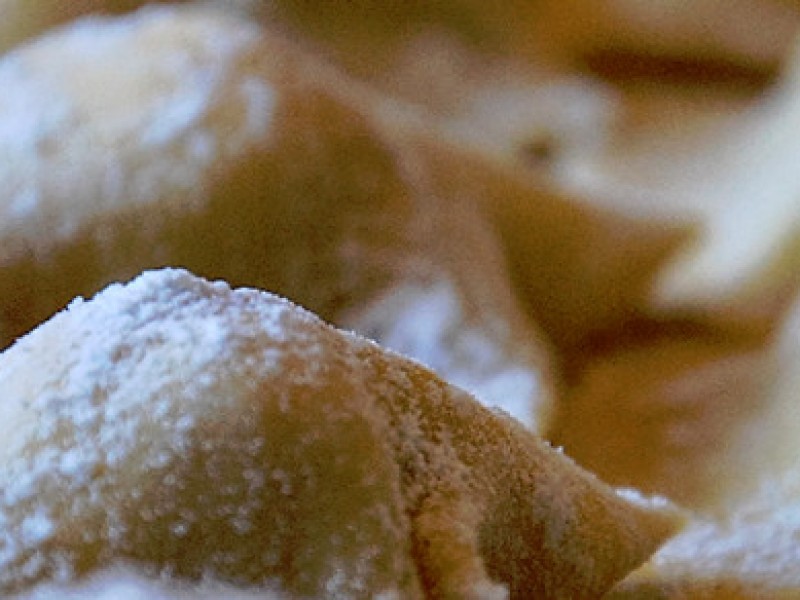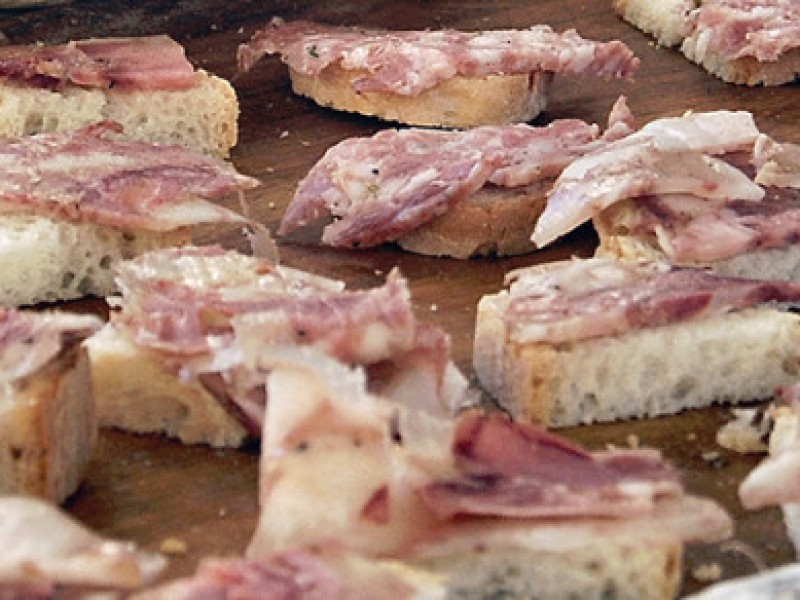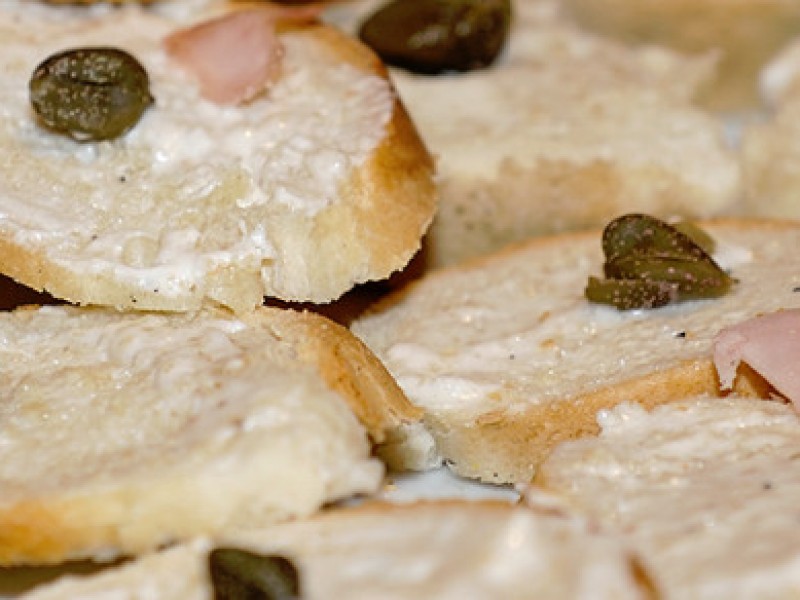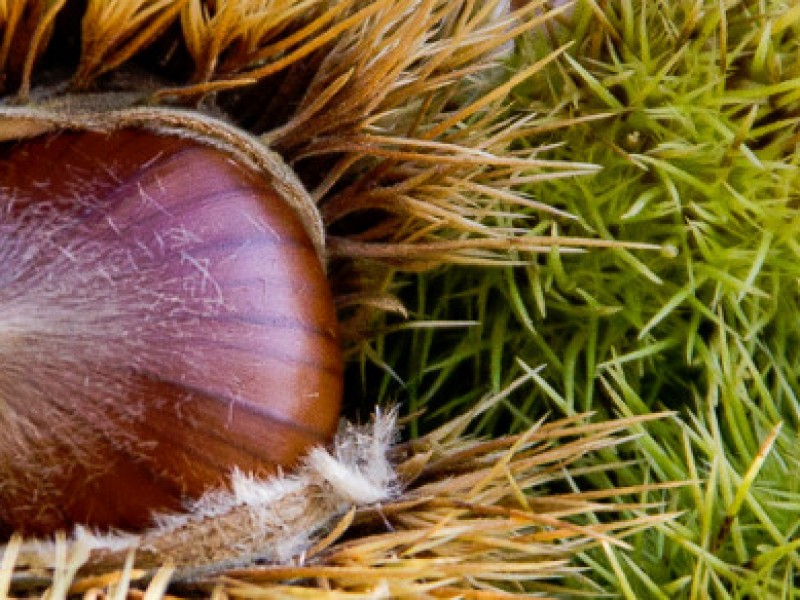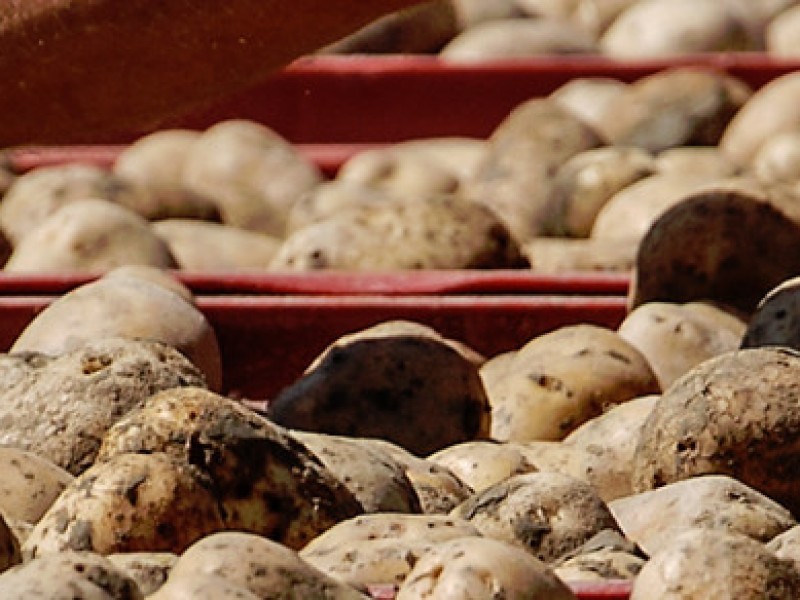 Un taglio di bistecca fiorentinaMugello boasts a long-standing tradition of high-quality meat production, thanks to its rich pastures and a deep respect for animal welfare. Here, renowned beef breeds such as Limousine, Charolaise, Chianina, Calvan and Romagnola are raised, all well-suited to the region’s hilly and mountainous terrain.
Un taglio di bistecca fiorentinaMugello boasts a long-standing tradition of high-quality meat production, thanks to its rich pastures and a deep respect for animal welfare. Here, renowned beef breeds such as Limousine, Charolaise, Chianina, Calvan and Romagnola are raised, all well-suited to the region’s hilly and mountainous terrain.
Farms—both conventional and organic—follow strict guidelines: animals are fed exclusively plant-based diets and raised in open environments under the “cow-calf” system. Organic meat, in particular, is fully traceable and regularly inspected by independent certification bodies.
A key player in this supply chain is the Rabatta Meat Center in Vicchio, managed by the Cooperativa Agricola di Firenzuola. It ensures transparency and quality from farm to table.
In addition to cattle, Mugello is also home to sheep farming with meat breeds such as the Appenninica, Bergamasca, and Suffolk, all raised with care and tradition for a sustainable, premium product.
A journey through Mugello is also a journey through authentic flavors—where meat is not just food, but part of the land’s culture, heritage, and certified excellence.













